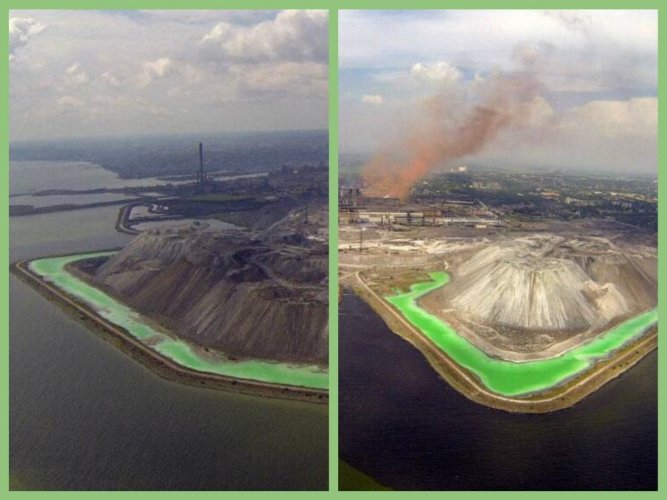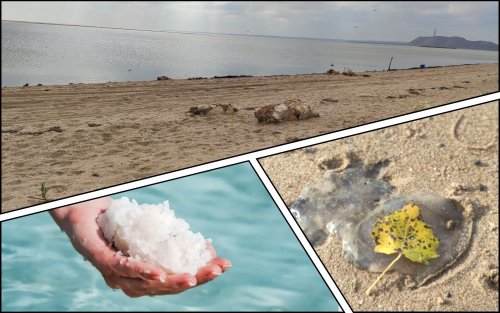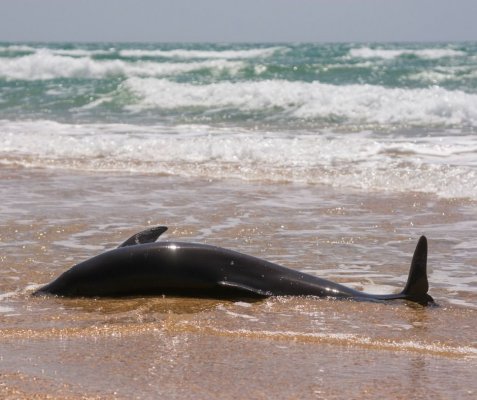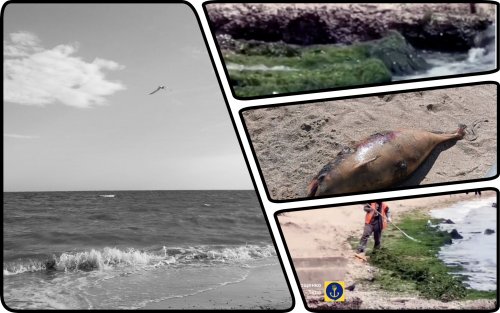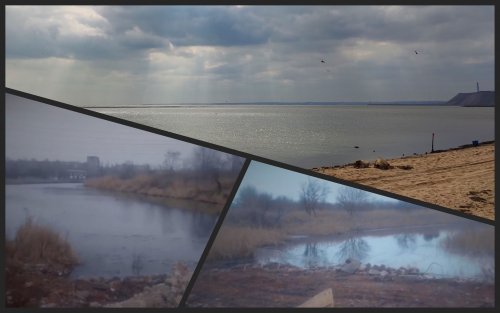There was a threat of the complete extinction of the Sea of Azov due to enemy bombing of the Azovstal metallurgical plant in the besieged Mariupol.
On Wednesday, May 18, the press service of the Mariupol City Council announced the impending threat of an eco-catastrophe in a telegram.
The city council said that the destruction of the steel plant could damage the technical structure, which stores tens of thousands of tons of hydrogen sulfide solution.
"The leakage of this liquid will completely kill the flora and fauna of the Sea of Azov. Further, dangerous substances can enter the Black and Mediterranean Seas," they warned.
Mariupol Mayor Vadym Boychenko emphasized that international experts and the United Nations must be immediately admitted to the facility to study the situation and prevent a "world-class environmental catastrophe."
Marine biologist and expert of the climate department of the NGO "Ecodia" Sofia Sadohurska in the comments "Hromadske" explained that access to the area is required to fully assess the threat to the Sea of Azov. But even now it can be said that the bombing of the plant poses a threat to the biodiversity of the sea – yes, shelling can destroy the dam, and poisonous water from the sump can enter the sea.
"Although the hydrogen sulfide referred to in the message (of the City Council. – Ed.) is not stable when it comes into contact with oxygen, but in general it is highly toxic and dangerous for fish and aquatic organisms. Its high concentrations can create conditions that will lead to fish kills", said the scientist.
She explained that this phenomenon often occurs naturally in the Sea of Azov due to lack of oxygen in hot weather. The scientist also added that the direct consequences of hostilities in the waters of the Azov and Black Seas, which negatively affect living organisms, create additional problems: shelling of port infrastructure, pollution from rocket explosions, sunken ships and planes, oil spills and noise pollution.
“Regardless of whether these waters contain hydrogen sulfide, as indicated in the message, or not, the waters of the sump can contain a whole range of chemical compounds that got there from the waste of the metallurgical plant. In the event of damage to the dam, the scale of the threat to the sea could be significant, although these scales are difficult," Sadohurska said.
As reported EcoPolitica earlier, the Russian aggressors who invaded Mariupol resumed the work of three pump stations in the city. Since the sewer does not work, an ecological disaster can occur. In particular, the used water from buildings will end up in sewers, which are already clogged. The treatment equipment is not working, so the dirty water will be poured onto the streets and, as far as it is technically possible, it can be dumped into the sea. Because of this, there is a risk of cholera bacilli entering the sea.

